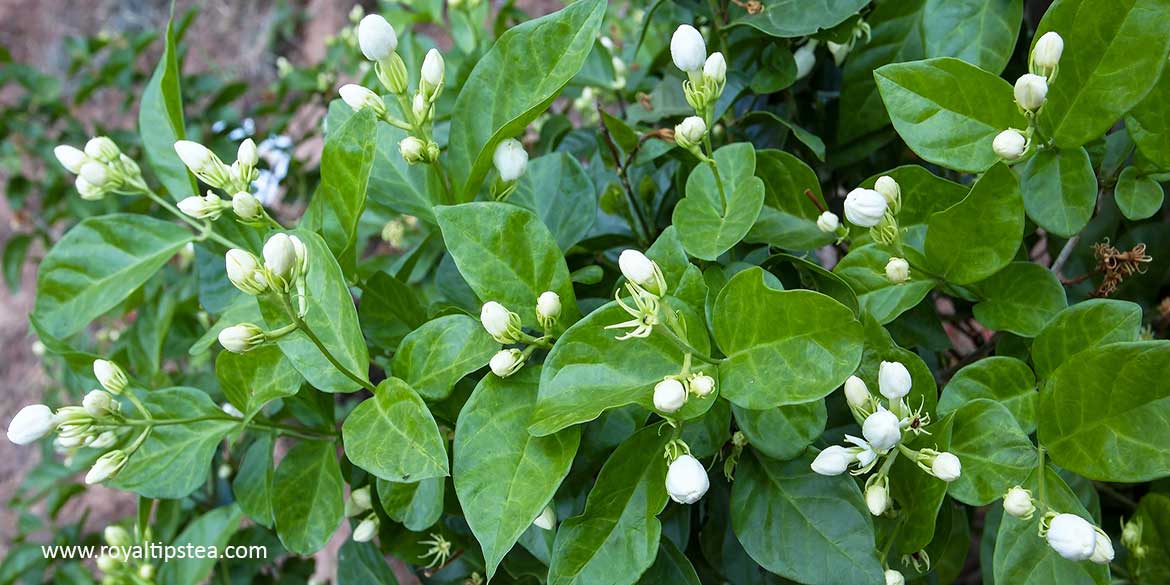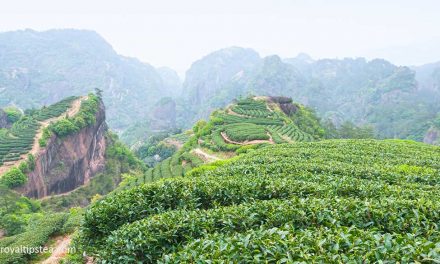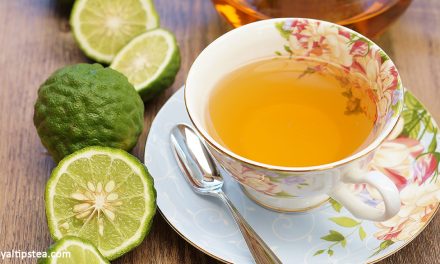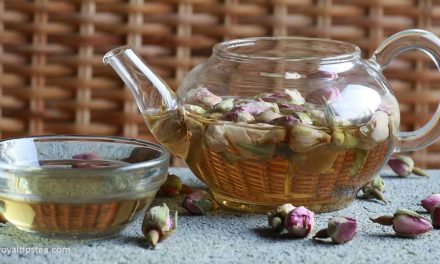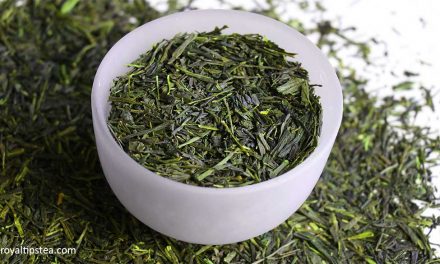Jasmine flowers, with their pretty white petals and wonderful aroma, are popular throughout the world. Their beautiful appearance and calming fragrance mean that they have come to be associated with love and purity. As such, they are often used in religious ceremonies; to add a touch of elegance to bridal bouquets; and in floral arrangements for Mother’s Day. Jasmine flowers are particularly important in Eastern countries, and are amongst the national flowers of the Philippines, Pakistan, and Indonesia.
It is therefore not surprising that this aromatic plant has many practical applications too: it is grown ornamentally in gardens and homes, used extensively in the cosmetics industry to produce exquisite perfumes and bath oils, employed in herbal medicines and, of course, has long been popular as a light and calming flavouring for tea. In the following post, we look into the history of jasmine teas, from their origins to their production processes and health benefits. Read on to discover all you need to know about this wonderful scented tea and why it’s worth taking the time to relax with a cup of jasmine tea.
History
The jasmine plant, a member of the Oleacae family and native to South Asia, is thought to have been introduced to China around the 2nd century BC. Two jasmine species can be used to produce jasmine tea: Common Jasmine, and Sampaguita. Common jasmine is native to the Middle East, while Sampaguita is native to the eastern Himalayas, though both species now grow in many other countries. Common jasmine is the national flower of Pakistan, and Sampaguita the national flower of the Philippines and amongst the national flowers of Indonesia, where it is a symbol of purity and sacredness.
Jasmine has been used to scent tea since the 5th Century AD, but this process really started to become popular during the Ming Dynasty. In this era, which lasted from 1368-1644, the popularity of floral objects and patterns flourished – relics and art from the time commonly incorporate floral motifs – so, naturally, floral-scented teas also began to be consumed more. Jasmine green tea then became even more widespread in the following Qing Dynasty, when it became popular in western markets and its production and exportation rapidly increased. Nowadays, jasmine tea is traditionally produced in Fujian province in China, amongst the vast fields of jasmine plants grown on the mountain sides, although it is also produced in other provinces such as Hunan, Guangdong and Zhejiang.

Types of Tea used for Scenting
Jasmine tea is produced by scenting dry tea leaves with the intense yet delicate aroma of fresh jasmine blossoms. While lower quality teas are produced using natural or artificial essential oils, the highest quality jasmine teas are made by mixing tea leaves with the jasmine flowers, so that they naturally absorb their rich and pleasant fragrance. Tea scented in this way provides a delicate and refreshing taste, without being overly sweet. Different types of tea can be used in this process, as detailed below.
The most common and popular base is green tea, since it combines perfectly with the jasmine scent to produce a subtly sweet flavour and beautiful fragrance.
To obtain a more complex and distinct floral flavour, Oolong tea can be used, although it is less commonly found in western markets. The oxidation levels of these teas can vary considerably, without reaching the levels of black tea, so this type of tea sits between green and black tea in terms of strength.
For those who prefer a very strong taste, black tea can be used as the base: since it is made by oxidising tea leaves to their maximum, its flavour is far stronger. Enriched with the jasmine aroma, black tea can surprise us with its lightness and lack of astringency.
For those who enjoy teas with more subtle flavours, like white Silver Needle tea, jasmine aromas can be their ideal ally. The delicious and fragrant infusion of high quality, white tea harmonises divinely with the delicate aroma of jasmine flowers, making it into an incredible sensory experience for any tea lover.
Most Popular Jasmine Teas
Jasmine Dragon Perl Tea
Jasmine Dragon Pearls are popular for their freshness and charming appearance. The green tea leaves are meticulously rolled into tight little balls, to give them a beautiful neat appearance. Those with plenty of downy white tips and smaller size are the young tender flushes picked in early spring that represent the highest grade jasmine tea.
The natural jasmine scent, transferred from the jasmine flowers to the tea leaves during the production process, pairs well with the sweet flavour of green tea, adding an incredibly delicate, floral dimension to the liquor. The way the pearls unfurl in the water also produces a spectacular, hypnotic treat for the eyes when it comes to brewing the tea.
Loose Leaf Jasmine Green Tea
Just as with Jasmine Pearls, high quality jasmine loose leaf teas are made from spring-picked tea leaves which are then scented with jasmine flowers in the summer. In this case single leaves are used for scenting instead of leaf shoots.
The young tea leaves are packed with antioxidants, so they provide a lot of advantages for those who wish to benefit from the health properties of green tea, with the pleasant taste of jasmine also being gentle on the stomach.
Jasmine Silver Needles (Moli Bai Hao Yin Zhen)
Jasmine Silver Needles are the most popular scented white tea. This superb, elegant tea is made by scenting the hand-picked Silver Needle tea buds with freshly picked jasmine blossoms. The delightful, subtle fragrance of the finest white tea combines perfectly with the delicate aroma of jasmine blossoms, making it an incredible sensory experience for any tea lover.
However, it shouldn´t be forgotten that white teas can contain high levels of theine. The fresher and younger the buds, the higher the concentration of theine there will be in the dry leaves, with Jasmine Silver Needles having the highest level of all white teas since they are made using only buds from the Camellia sinensis plant.
If you are a fan of jasmine, it’s worth trying different types of jasmine tea to discover which best suits your palate: we are sure you’ll find something you love!
The Production of Jasmine Teas
To begin, tea leaves are picked in spring, when the buds are still small and any open leaves are tiny. Just the new shoots, each comprising a bud and two leaves, are used. These fresh leaves are taken to the factory, where they are toasted in order to prevent oxidation, gently rolled into small pearls, each pearl wrapped in tissue paper to hold the shape, and dried. Although they are now ready to be used as tea, they must be stored for a number of months until the ideal moment for the jasmine to be added. Jasmine flowers are harvested in the summer and so the dried tea is stored in a cool, dry place until this time.
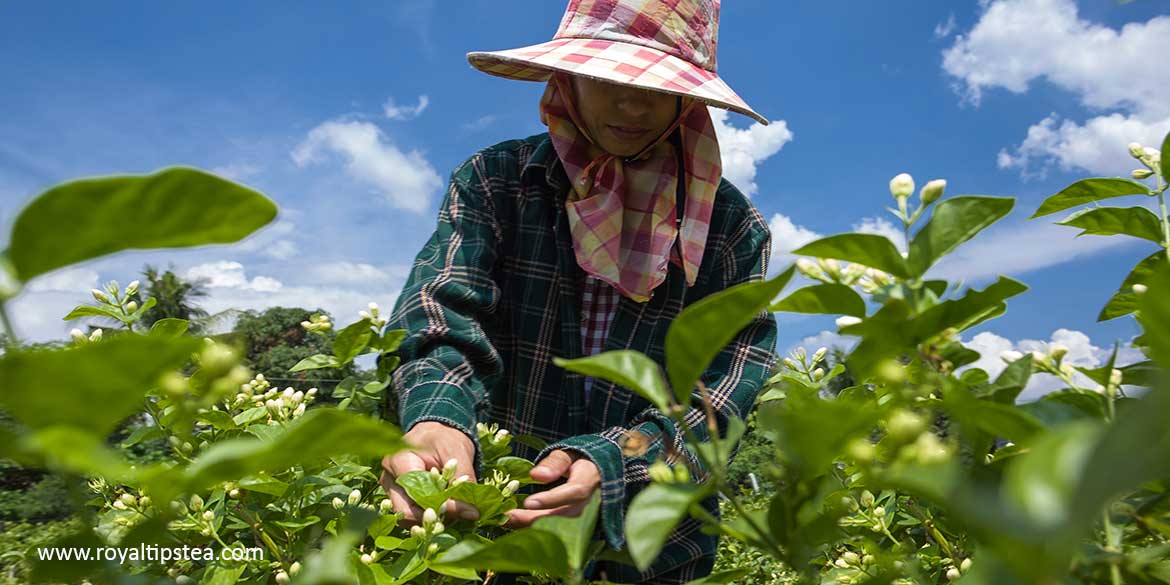
When the jasmine flowers have grown to the ideal point during the summer, they are harvested. They must be picked at the perfect moment: when they are closed during the daytime, and open up at night. If they are picked too early, the buds will not open enough for them to be used to scent the tea. If they are picked too late, when they have already flowered, they will have lost the main aromatic components. When the jasmine plants have reached this opportune stage, they can be used to scent the tea. Branches of jasmine are gathered during the day and brought into the factory and, when they open in the evening, the flowers are removed from the branches.
Then, beginning with a thin layer of jasmine flowers, the jasmine and tea leaves are placed in alternate layers and left to sit for a number of hours while their temperature rises. Once the temperature of these piles has risen to around 45°C, the mixture of tea and flowers is separated into smaller piles in order to allow the tea to cool down. Once they have almost reached room temperature, they are stacked and left again to allow the tea to absorb the fragrance of the blossoms. This process is repeated until the flowers have transferred their beautiful scent to the tea leaves.
Eventually, the blossoms transform into a light yellow colour, indicating they have completely transferred their scent. The mix of tea and flowers are placed into a machine to be sorted, separating the flowers from the tea leaves. The tea leaves are heated at a high temperature, so as to dry them out quickly and to conserve the scent. They are stored until the following night, when the scenting process takes place again with fresh jasmine flowers. This process can be repeated several times until the desired tea quality is reached – for top grade tea, it may even be repeated over eight or nine nights.
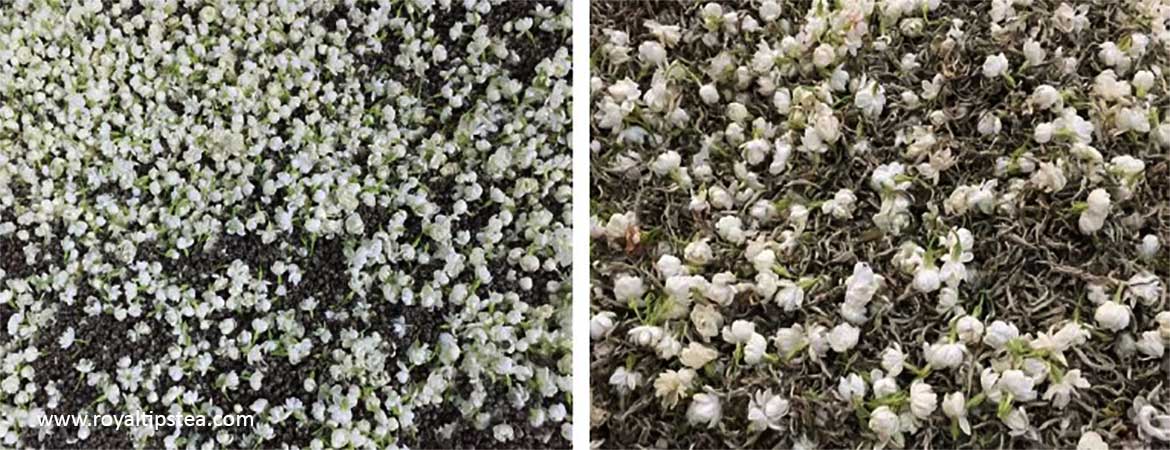
Finally, the tea is dried out again to remove any moisture it has absorbed from the fresh jasmine flowers. Some producers add dried jasmine flowers for a touch of extra decoration before packing the tea for sale.
Health Benefits
Jasmine green tea not only offers a beautiful flavour and scent, but delivers many health benefits too thanks to its high content of antioxidants, including polyphenols and caffeine (theine).
So, how do antioxidants help to maintain our health?
– Firstly, they protect the body from damage from free radicals and environmental toxins, helping to prevent age-related diseases.
– Antioxidants also help to reduce blood pressure and the risk of heart disease, and slow down signs of aging.
– They are naturally anti-inflammatory, which means they’re particularly beneficial for anyone suffering from arthritis: swelling of the joints and arthritic pain may be reduced.
– They boost your metabolism, improving the breakdown of fats. The naturally sweet flavour of jasmine tea also means there is no need to add sugar or sweeteners, further helping you to follow a healthy diet.
– They may also reduce the symptoms of IBD, particularly bloating, since they aid digestion.
– Polyphenols also fight against carcinogens, helping to prevent the development of cancer. They can also prevent the development of, and speed up recovery from, colds and flu, given their antiviral and antibacterial properties.
Finally, studies have shown that jasmine’s beautiful smell in fact acts as a mild sedative, reducing your heart rate. So savouring a cup of jasmine green tea will help you to relax and de-stress, and even help to boost your mood, as well as helping you get to sleep more easily.

